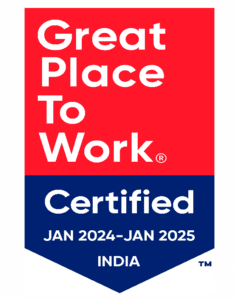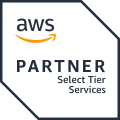Where Will Your Next Breach Come From?
Now that the wave of chaos from the global pandemic has settled, the most pressing question is this: What comes next? How do you prepare for the next global crisis, hacker intrusion or insider security breach that may potentially cripple your organization’s ability to do business?
Building a robust security footprint is critical for success in 2021. Download our white paper to read about seven focus points you should prioritize in the post-COVID-19 world.


